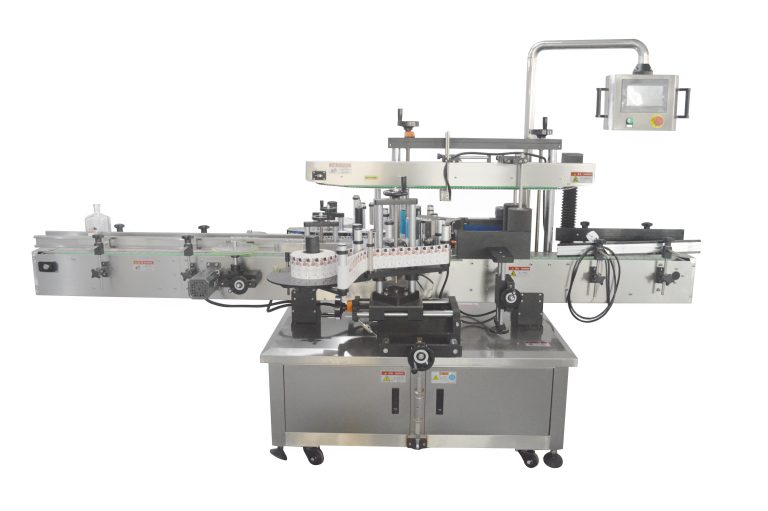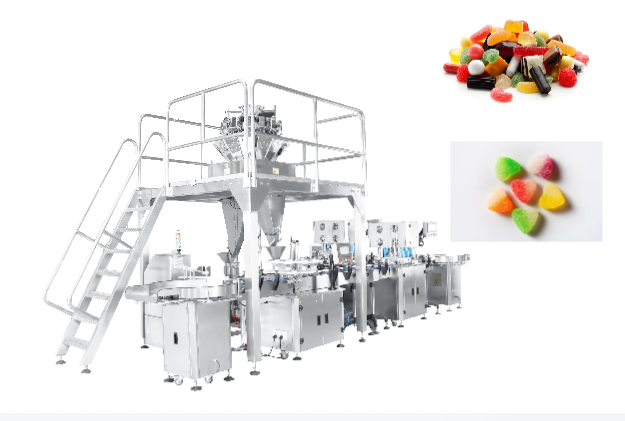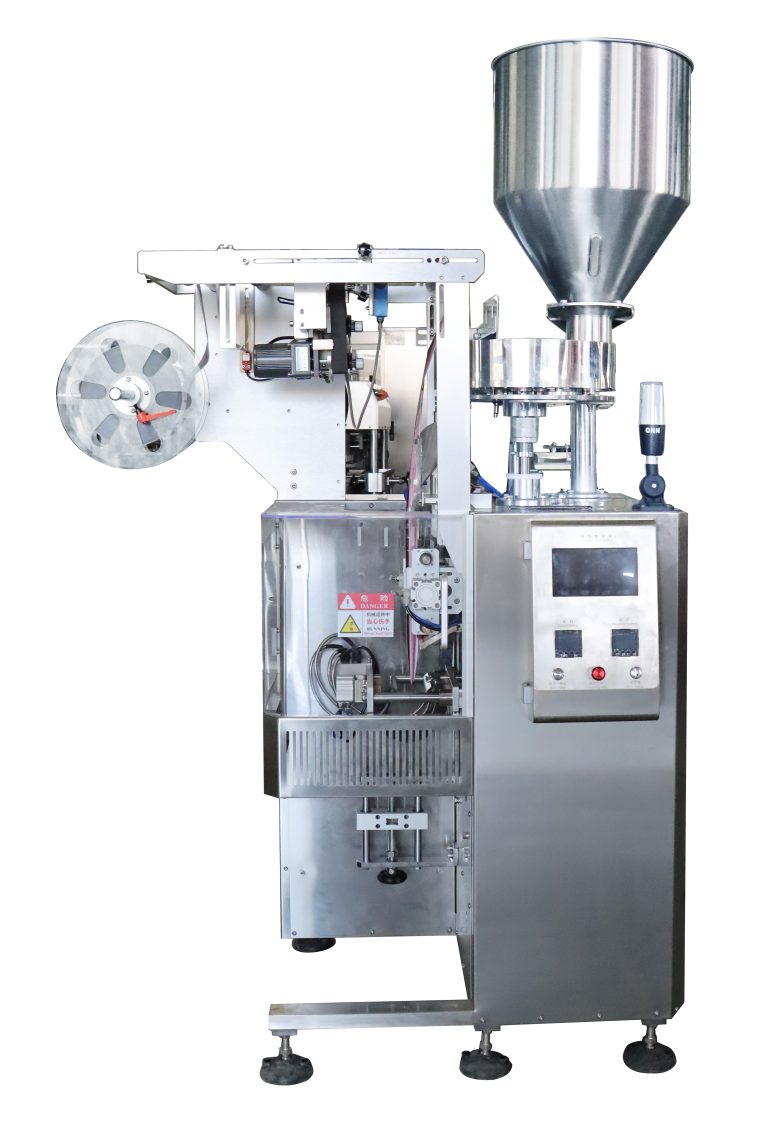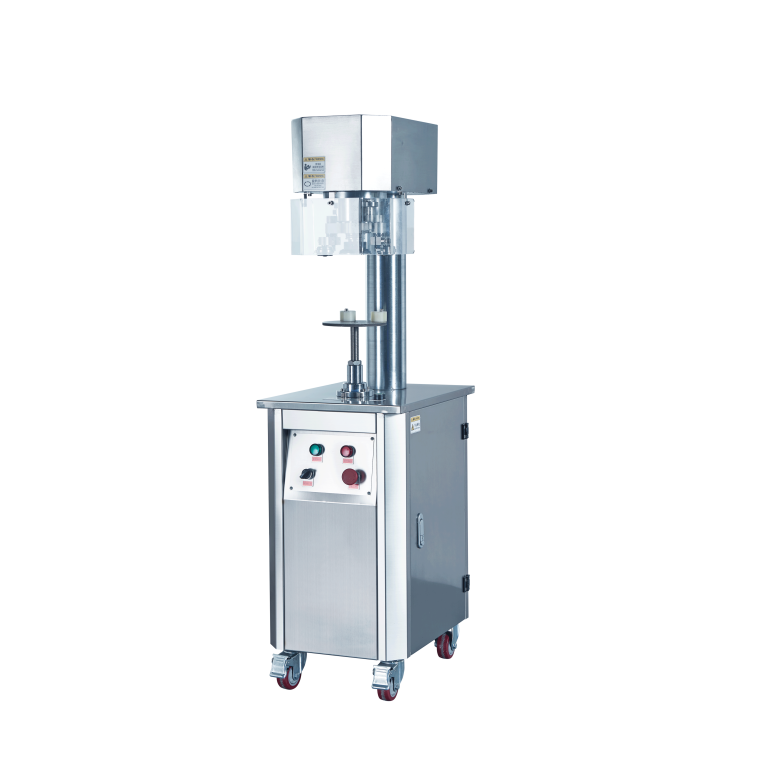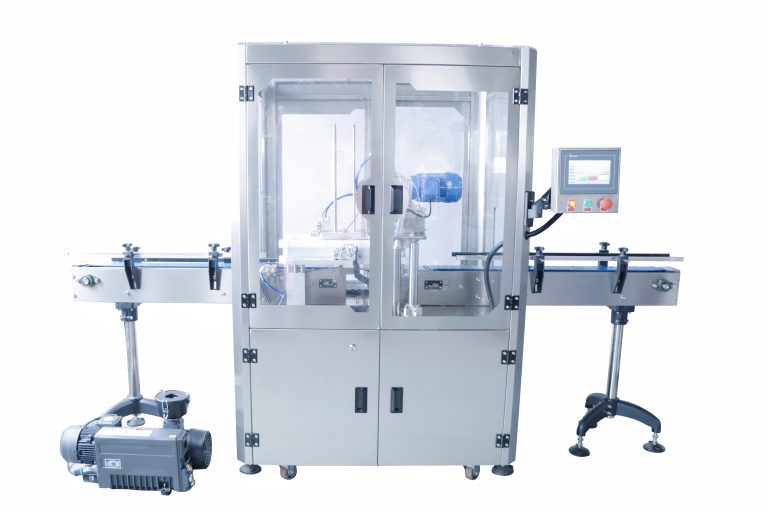It seems we can’t find what you’re looking for. Perhaps searching can help.
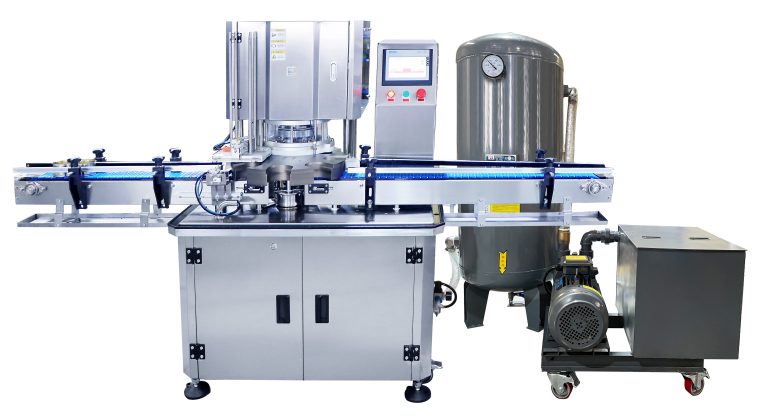
“The Negative Pressure Vacuum Tin Can Sealing Machine: Enhancing Packaging Efficiency”
The Negative Pressure Vacuum Tin Can Sealing Machine is a cutting-edge solution that has redefined the sealing process for tin cans. Let’s take a detailed look at its features and the impact it has on packaging operations. This machine is expertly crafted to create a negative pressure vacuum environment during…

